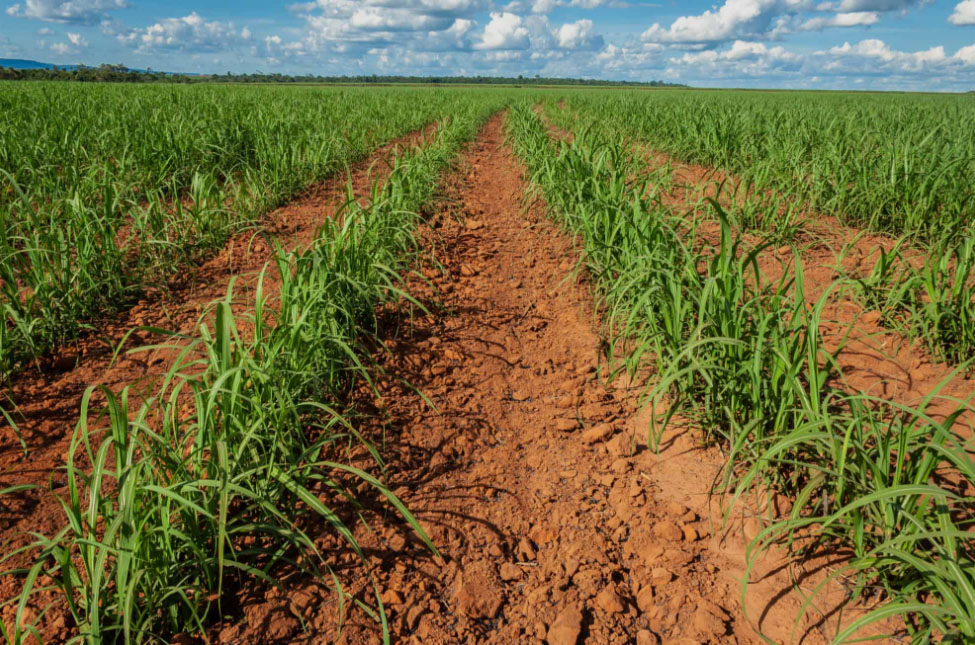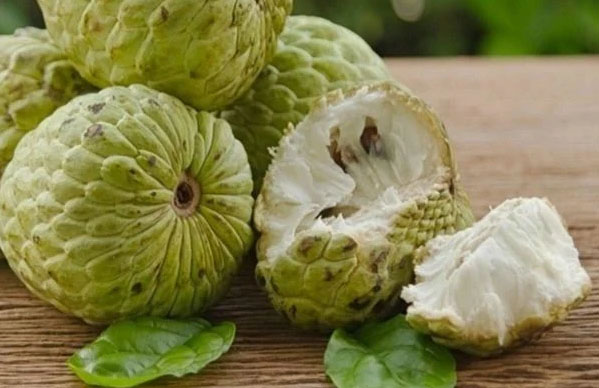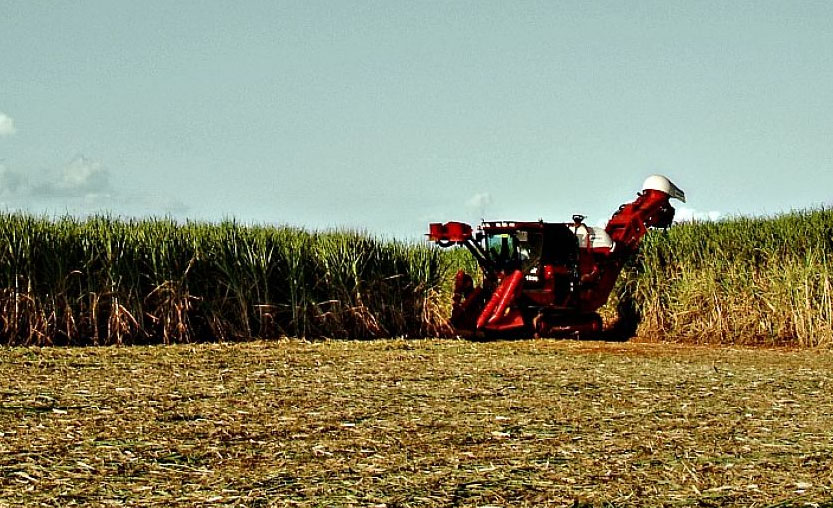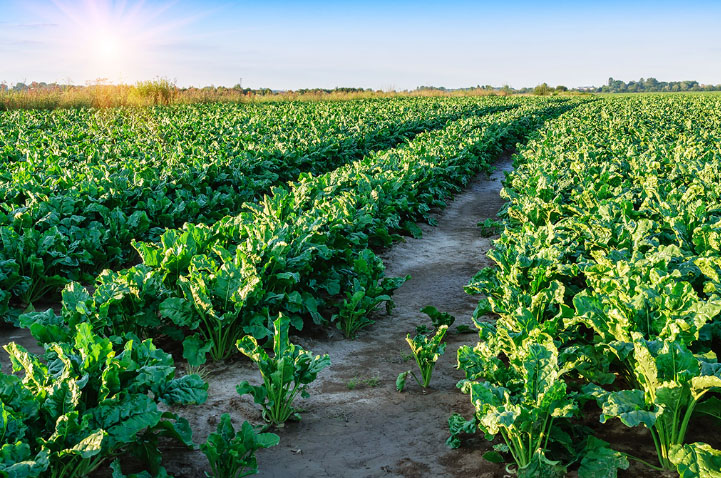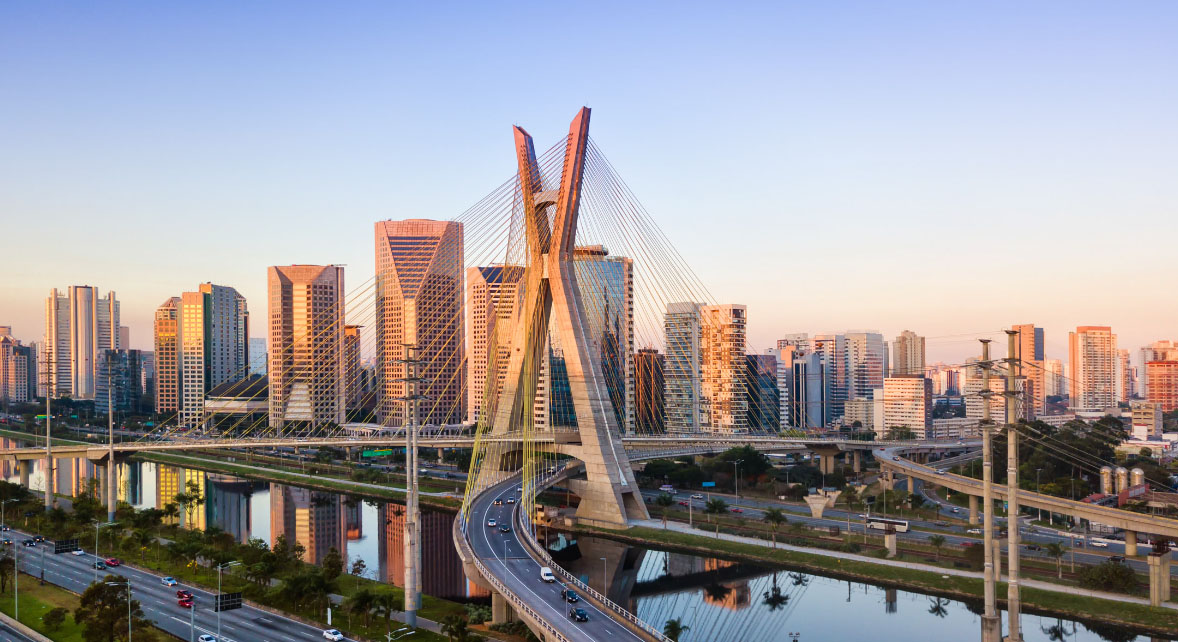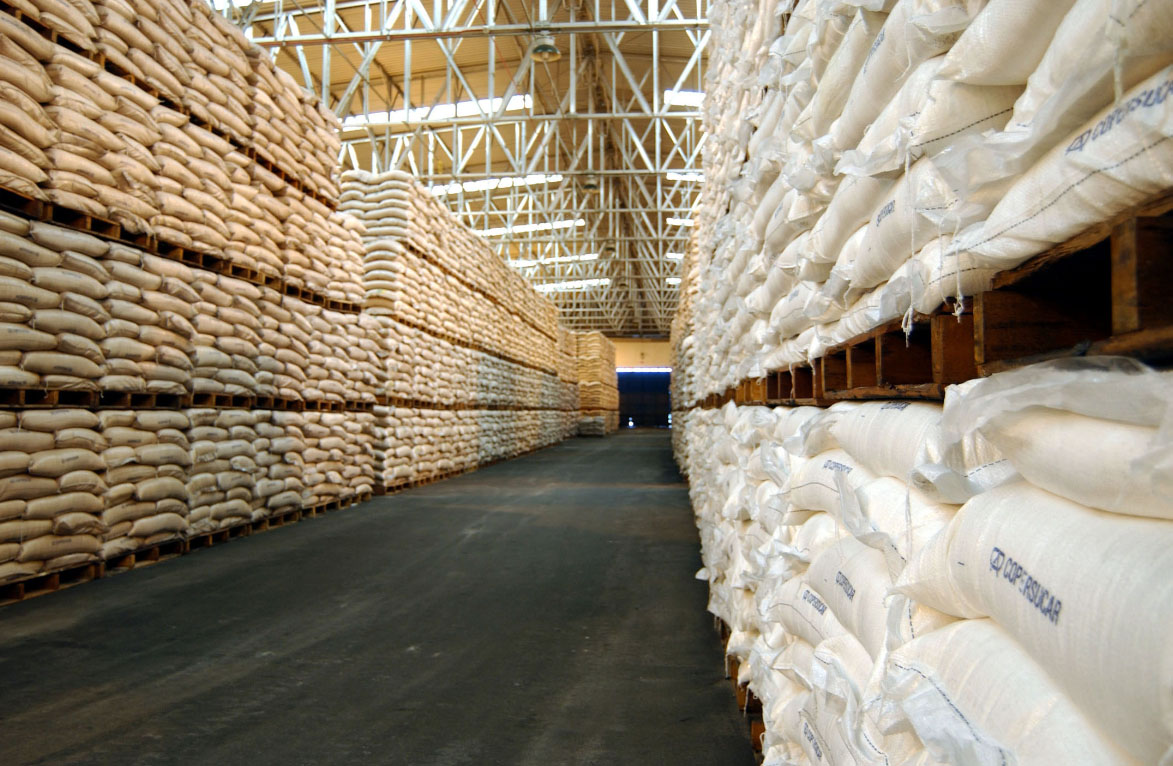Sugar
plantations in Brazil are more than just places of agricultural significance;
they are integral to the country’s history and culture. These vast, lush fields
have been pivotal in shaping Brazil’s economic landscape and have contributed
significantly to the nation’s unique identity. In this blog post, we will
embark on a journey to explore the rich history and cultural significance of
sugar plantations in Brazil.
Sugar
Plantations in Brazil: A Historical Tapestry
Colonial
Beginnings: The history of sugar plantations in Brazil is closely linked to the
colonial era when Portuguese settlers introduced sugarcane cultivation to the
region.
Economic
Backbone: Sugar plantations quickly became the cornerstone of Brazil’s colonial
economy, driving trade and commerce.
Evolution
of Sugar Plantations
Labor-Intensive
Origins: Early sugar plantations relied heavily on slave labor, marking a dark
period in Brazil’s history.
Modernization:
Over the years, sugar plantations have evolved, incorporating modern
agricultural practices and technology.
Cultural
Significance of Sugar Plantations
Festivals
and Traditions: Sugar plantations are at the heart of many Brazilian festivals
and traditions. Festa Junina, a celebration of rural life, is a prime example.
Cultural
Influence: Sugar plantations have left an indelible mark on Brazilian culture,
influencing art, music, and the way of life in rural communities.
Challenges
and Opportunities
Historical
Injustices: The dark history of slavery associated with sugar plantations is an
ongoing challenge for Brazil as the nation strives to reconcile with its past.
Sustainability
Initiatives: Many sugar plantations are now embracing sustainable farming
practices, working to reduce their environmental footprint and conserve natural
ecosystems.
Economic
Impact
Livelihoods:
Sugar plantations provide employment and livelihoods for countless Brazilians,
contributing to local communities and the nation’s economy.
Global
Exports: Brazil’s sugar production, much of which originates from these
plantations, is exported worldwide, making the country a key player in the
global sugar market.
Conclusion
Sugar
plantations in Brazil are not just fields of sugarcane; they are living
historical legacies that bridge the past and present. With their historical
roots, economic impact, and cultural influence, sugar plantations continue to
be a symbol of Brazil’s complex and intricate history. While the industry faces
challenges related to its past, it is also at the forefront of sustainability
initiatives, preserving traditions while shaping a more sustainable, culturally
rich, and sweet future for Brazil.

